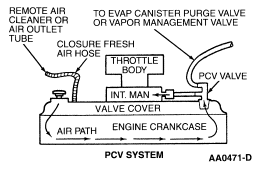fordrule
CEG'er
i deleted my imrc so i am not in need of the mounting points. see if kev or trevir can help you out up there

this might work for you. you just might need to relocate your imrc

this might work for you. you just might need to relocate your imrc
Last edited:


